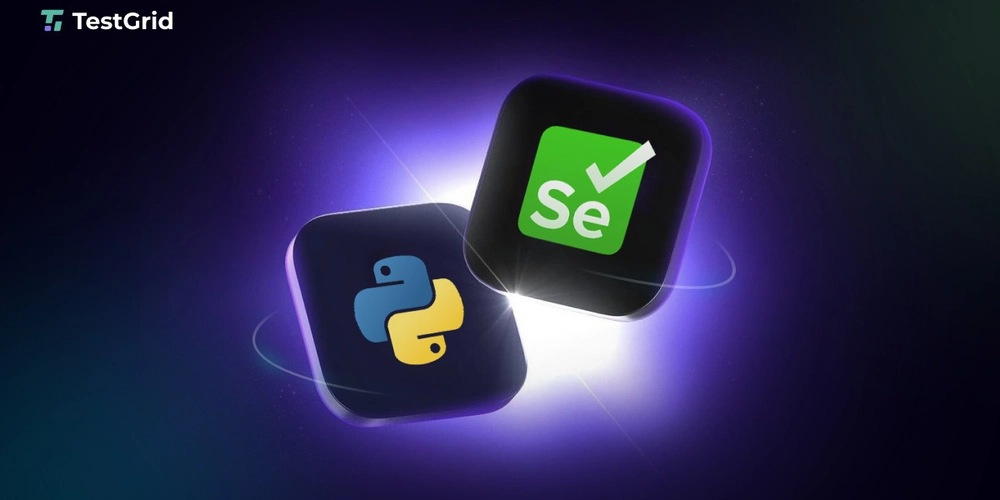Dev
2w
47

Image Credit: Dev
Hands-On Selenium with Python: From Basics to Framework Building
- Selenium, when combined with Python, becomes effective for automating web applications.
- Selenium offers tools like WebDriver, IDE, and Grid for automating interactions, recording tests, and parallel testing.
- To set up Selenium with Python, you need to install Python, Selenium package, and an IDE like PyCharm.
- Writing your first Python Selenium script involves opening a browser, navigating to a page, capturing the title, and closing the browser.
- Basic Selenium commands in Python include opening a web page, locating web elements, and interacting with elements.
- Handling dynamic elements in Selenium involves using implicit and explicit waits to manage wait times for elements to appear.
- Additional functionalities like handling alerts, frames, windows, and taking screenshots are also available in Selenium with Python.
- PyTest can be integrated with Selenium for writing test cases and generating reports for efficient test execution.
- Best practices for Selenium automation using Python include using explicit waits, optimizing WebDriver management, running tests in headless mode, and using Page Object Model.
- By leveraging Selenium with Python and PyTest, you can build a robust test automation framework for efficient web task automation.
Read Full Article
2 Likes
For uninterrupted reading, download the app